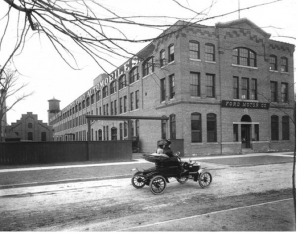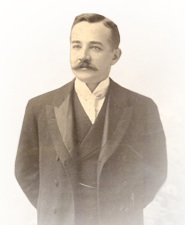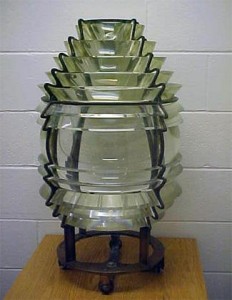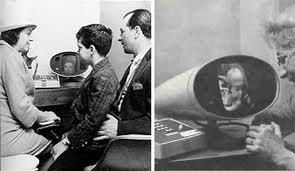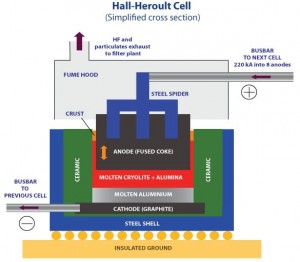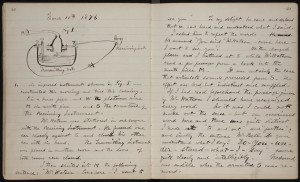Well, for starters, we know he was a SWSM from France. Yes, SWSM stands for “single, white, straight male” whose occupation is listed as an inventor and photographer.
Born on November 18,1787, Louis-Jacques-Mandé Daguerre is best known for inventing the Daguerreotype. A form of photography and a process which was “a one-of-a-kind image on a highly polished, silver-plated sheet of copper,” according to www.metmuseum.org.
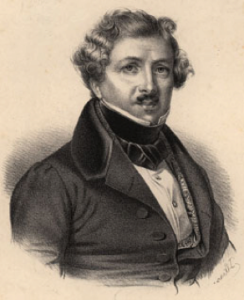
Louis-Jacques-Mandé Daguerre
In addition, “… it was sensitized with iodine vapors, exposed in a large box camera, developed in mercury fumes, and stabilized (or fixed) with salt water or “hypo” (sodium thiosulphate).”
And although Daguerre was required to reveal certain details involving the process, “he wisely retained the patent on the equipment necessary to practice the new art.”
However, “Daguerre’s invention did not spring to life fully grown, although in 1839 it may have seemed that way.
Continue reading “The Invention of Daguerreotype Photography”


